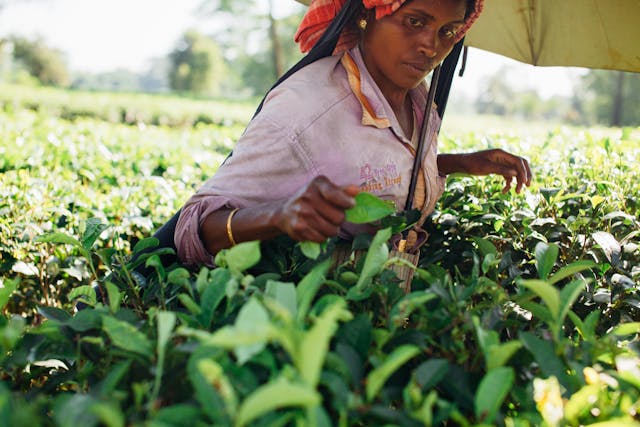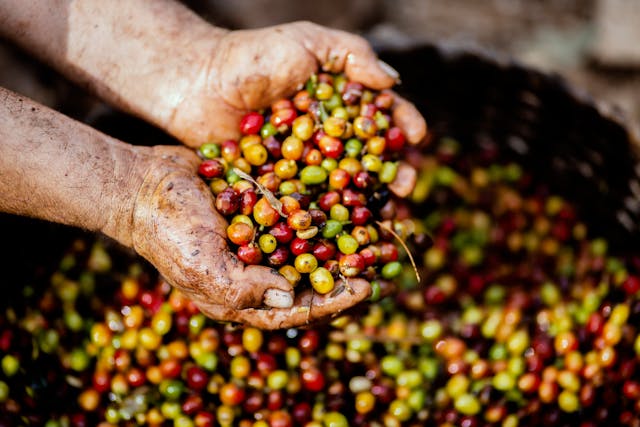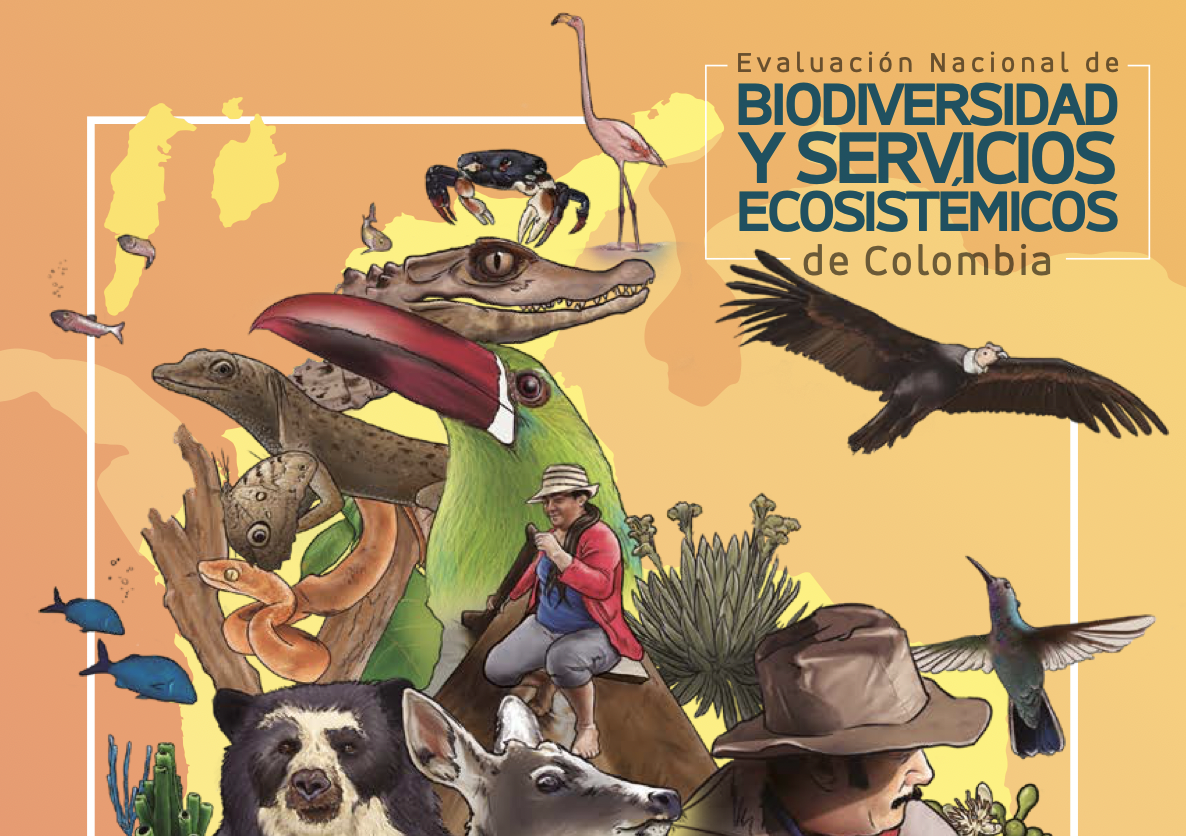Antarctica holds a great number of inland lakes whose characteristics vary from ultra-oligotrophic to hypereutrophic, and from freshwater to hypersaline. The harsh conditions in these ecosystems(extremely low temperatures, large annual variation in solar radiation, light limitation below the ice) account for adaptive strategies of the selected phytoplankton species; some of them are mixotrophy, formation of resistant cysts, starch accumulation, pigment adaptation and motility. Algal richness is comparatively lower than in other parts of the world, although molecular studies are now revealing a biodiversity much higher than that previously based on morphological identifications. Many lakes are permanently stratified, such as perennially ice-covered or saline meromictic, whereas shallow lakes in coastal regions are usually ice-free in summer, accounting for contrasting patterns in their phytoplankton temporal dynamics. Simple and short food webs are characteristic of Antarctic lakes, where phytoplankton fraction >2 um is usually dominated by nanoflagellates.In this review, we provide an overview of the current knowledge about phytoplankton of Antarctic lakes, including information on biodiversity (morphological-based, functional, and molecular), and the main ecological aspects (colonization, endemism, ecological strategies, temporal dynamics, biotic interactions). We compared ecosystems of different trophic status and from Continental and Maritime Antarctica, including own data from manipulative experiments.
Phytoplankton in Antarctic lakes: biodiversity and mainecological features
Year: 2021

































































































































































































































































































































































































































































































































































































































































































































































































































































































































































































































